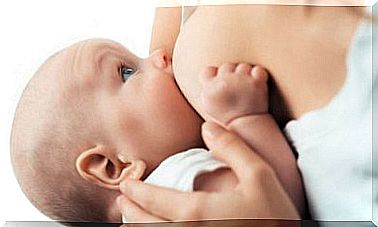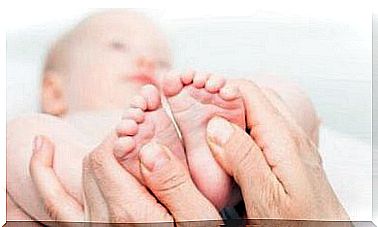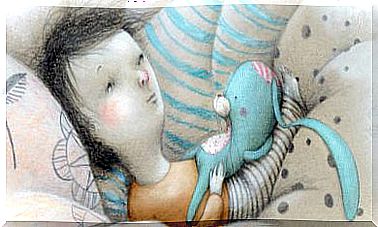Juvenile Diabetes: Recognize The Signs

Juvenile diabetes is a disease that increases significantly from year to year. According to the World Health Organization, this disease has spread significantly worldwide, increasing from 5% to 10% of the world’s population.
This disease occurs when the body does not make enough insulin. Children and adolescents with diabetes therefore follow special treatment regimens to replace the insulin they need.
However, the procedures associated with treating diabetes can be uncomfortable for children. Depending on their age, they have to learn to give themselves insulin injections.
Children with diabetes also need to know how to measure their own blood sugar levels and track their carbohydrate consumption with a special device.
Treatment for juvenile diabetes requires constant monitoring and control. Fortunately, advances in technology have vastly improved insulin delivery and blood sugar control.
This has resulted in better treatments and an improved quality of life for patients suffering from the disease.
Recognize the signs of juvenile diabetes
Symptoms of Juvenile Diabetes
In general, symptoms of diabetes in children manifest quickly. Juvenile diabetes can occur within a few days or sometimes within a few weeks. Some of the symptoms are:
- Increased need to urinate. Large amounts of sugar build up in the child’s bloodstream, which makes the child feel very thirsty. As a result, the child consumes more fluids with an increased urge to go to the bathroom. This also makes it likely that young children with diabetes will wet the bed at night.
- Greater appetite. With little insulin circulating to lower blood sugar levels, the organs and muscles most likely lack sufficient energy, which increases the appetite in your body.
- Weight loss. One of the first symptoms of childhood diabetes is weight loss. This disease creates an increased appetite and the child eats more than usual. Without the sugar necessary for energy production, however, the muscles begin to burn the body’s own fat reserves.
- Fatigue or lack of energy. Since there is not enough sugar in the body, you will find that your child feels tired all the time.
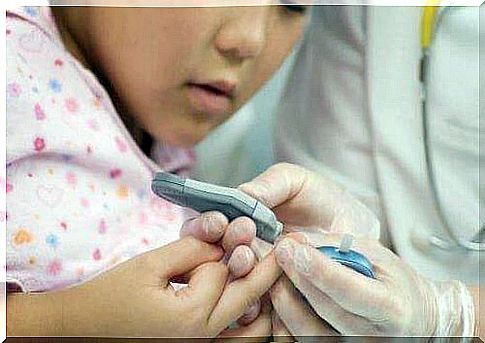
- Behavior changes. Mood swings are a constant problem in children with this condition. It is very common for their mood to change constantly, from exuberant and happy to grumpy and depressed. In addition, they can get excited and angry for the most part.
- Breath that smells fruity. Burning fat instead of sugar creates certain substances, so-called ketone bodies, which cause a fruity odor in the breath.
- Blindness or blurred vision. It is likely that the disease will cause blindness over time. High levels of sugar in the blood can affect the crystalline fluid in the eyes.
- Candidiasis. Girls with diabetes are particularly likely to have genital candidiasis.
Causes of Juvenile Diabetes
There’s no specific cause of childhood diabetes, but in most cases of type 1 diabetes, it appears to be linked to the body’s immune system fighting viruses and bacteria. In type 1 diabetes, the immune system also destroys the cells in the pancreas that produce insulin.
Insulin is responsible for transporting sugar (glucose) through the bloodstream to the entire body. In general, sugar enters the bloodstream through food intake. However, if the pancreatic isolates are destroyed, the child will produce low levels of insulin.
The result is an accumulation of glucose in the bloodstream. Unfortunately, this can create problems that can put the child’s life at risk.
Prevention of the youth diabetic
There is currently no medical solution or cure to prevent type 1 diabetes. However, much analysis has been done to see if there is an association between children with certain antibodies and diabetes. However, the presence of the antibodies does not mean that diabetes is inevitable.
Scientists are constantly looking to prevent diabetes in children who are at high risk of developing the disease. In addition, other scientists are focused on researching ways to avoid the destruction of pancreatic isolates in diagnosed patients.
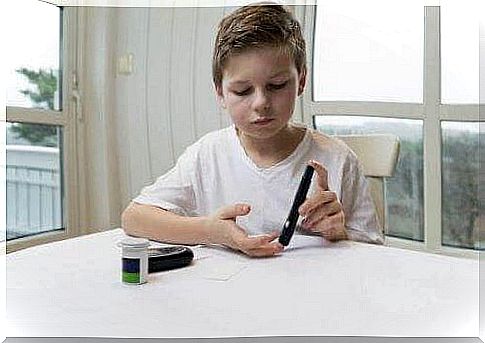
At present, the diagnosis of type 1 diabetes in childhood is irreversible. However, it is possible to follow a number of guidelines that will help prevent further complications:
- Help your child keep blood sugar levels under control.
- Teach your child the importance of a healthy and balanced diet along with regular exercise.
- Make regular visits to the doctor to check the child’s condition. It is recommended that children with this condition see a doctor at least once a year. This is especially true when close monitoring is required.
In summary, it is important to know the symptoms in order to be able to take action in the event that juvenile diabetes incidents or problems arise.


